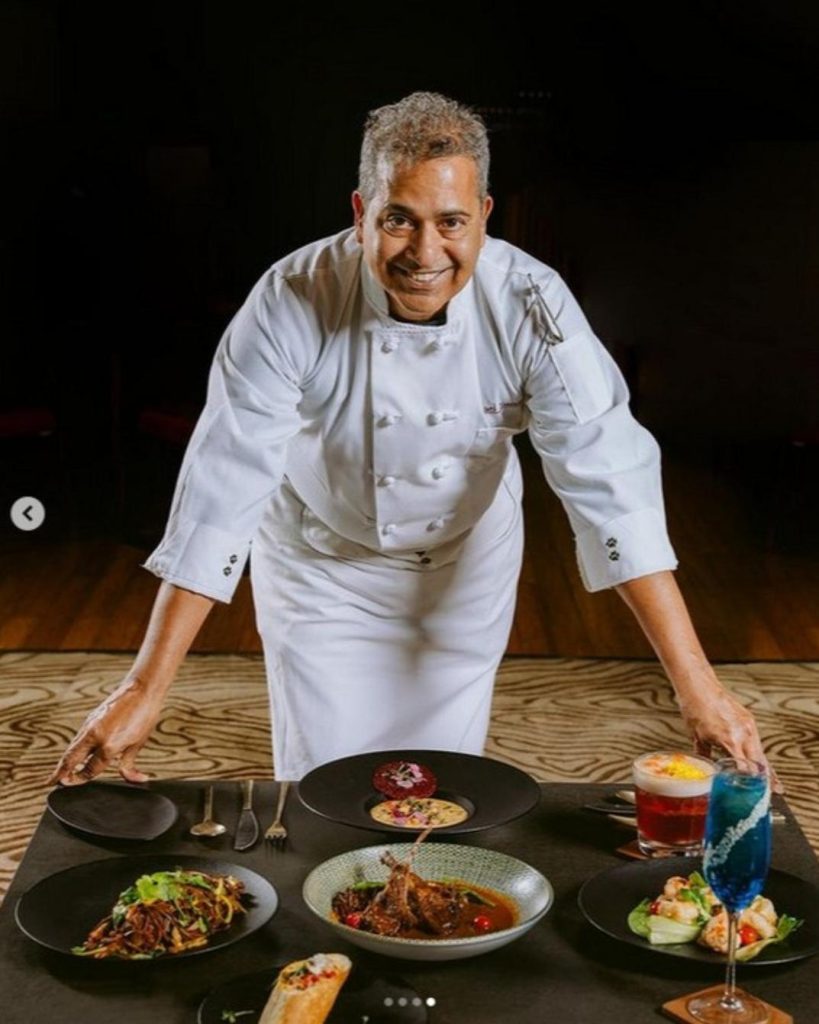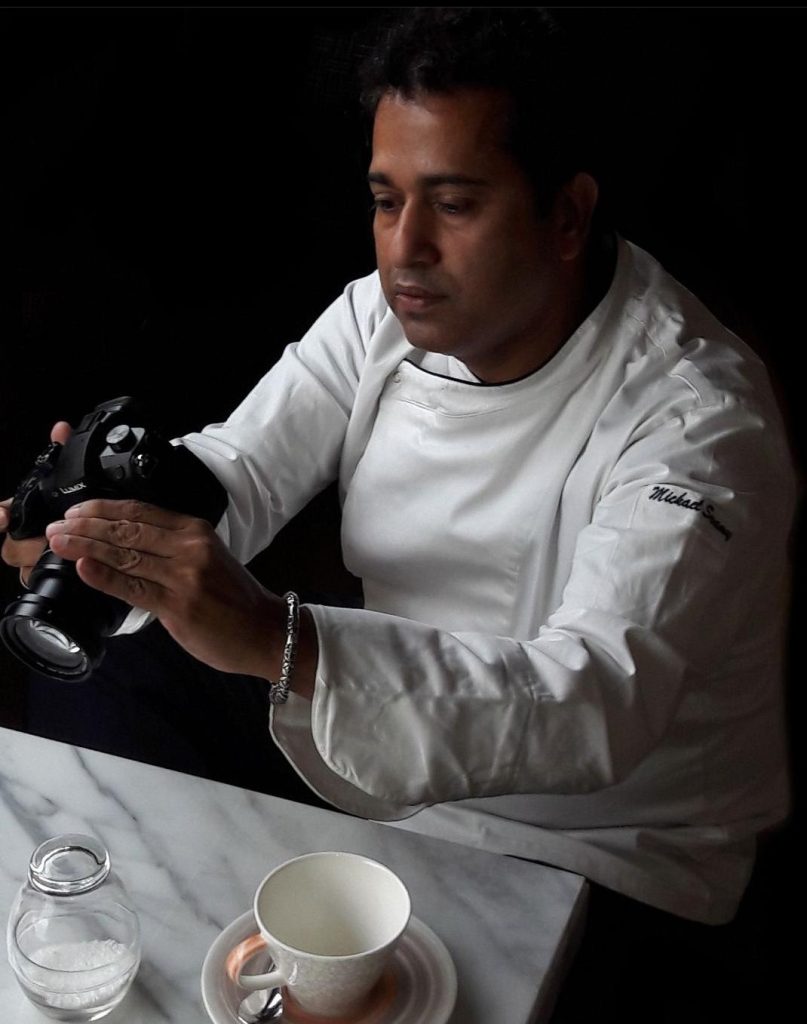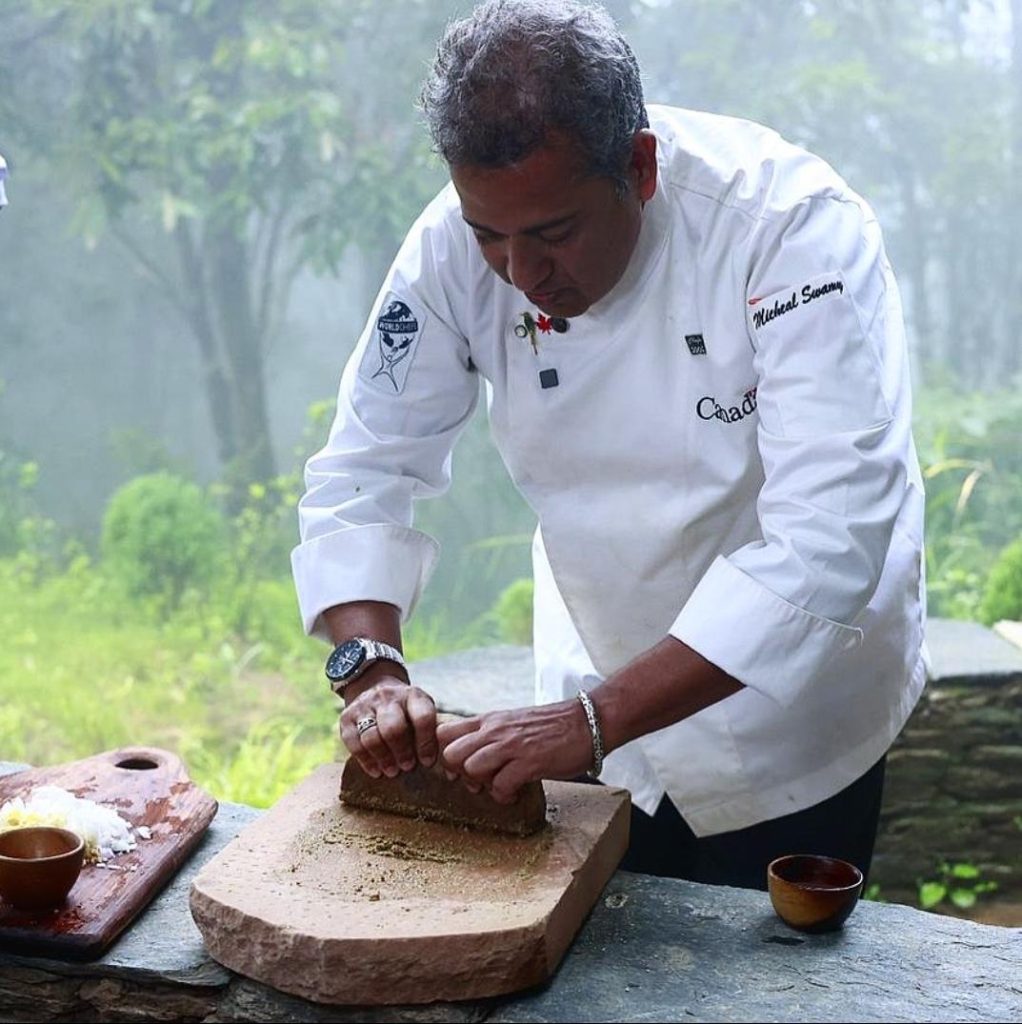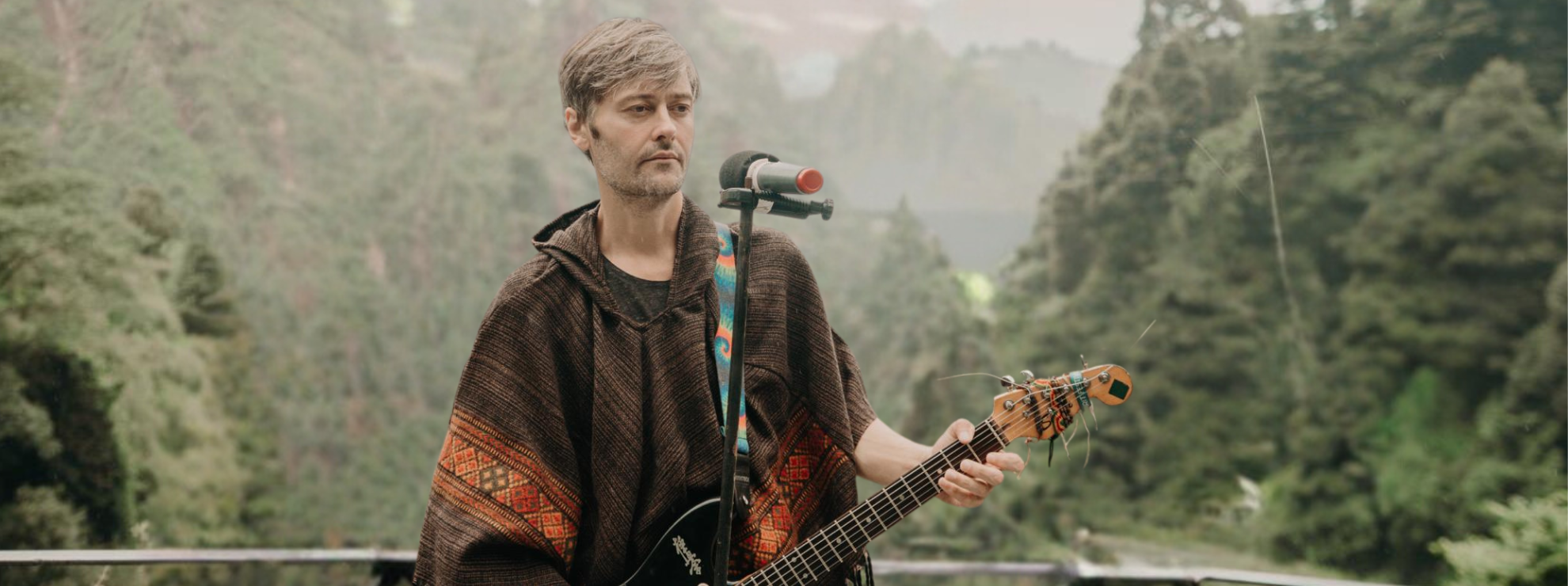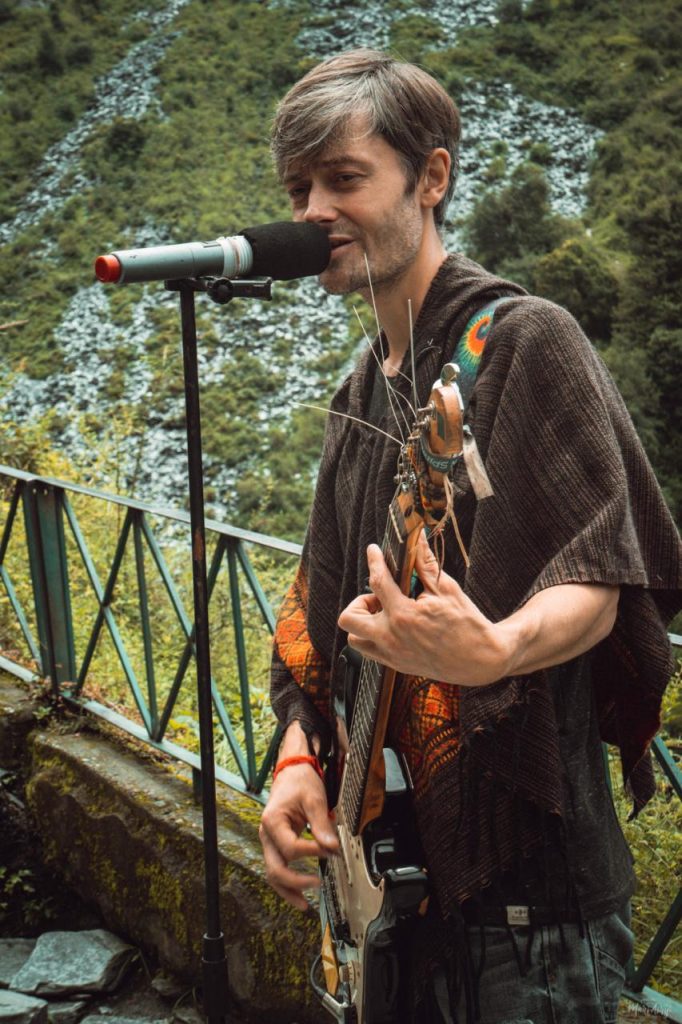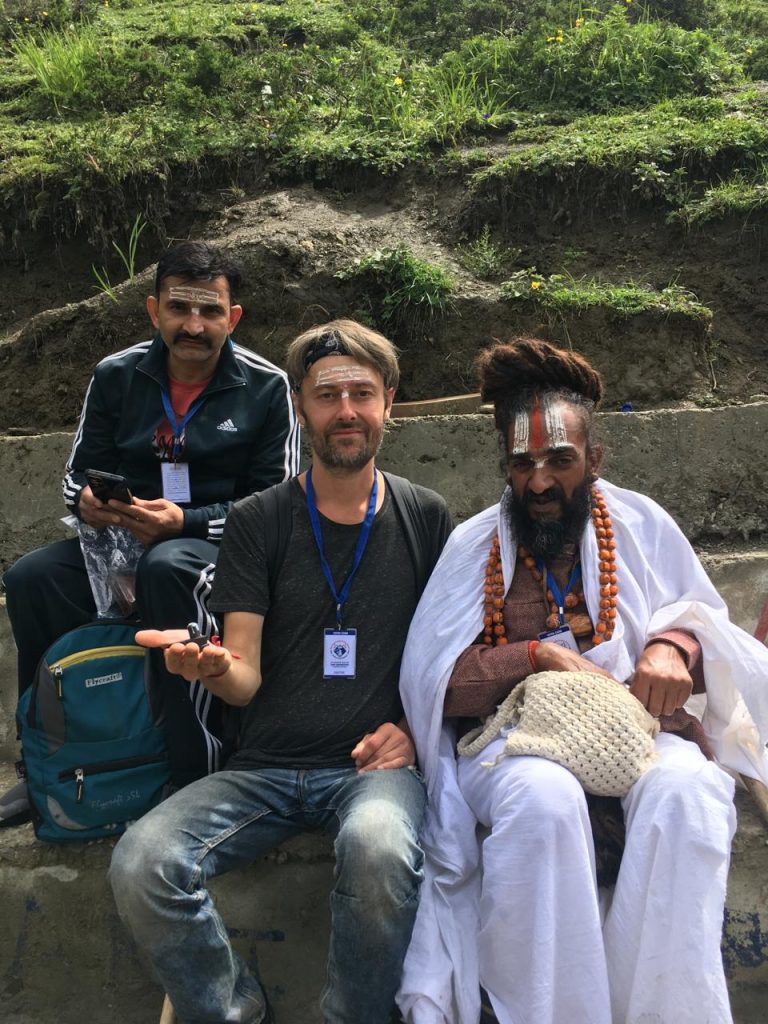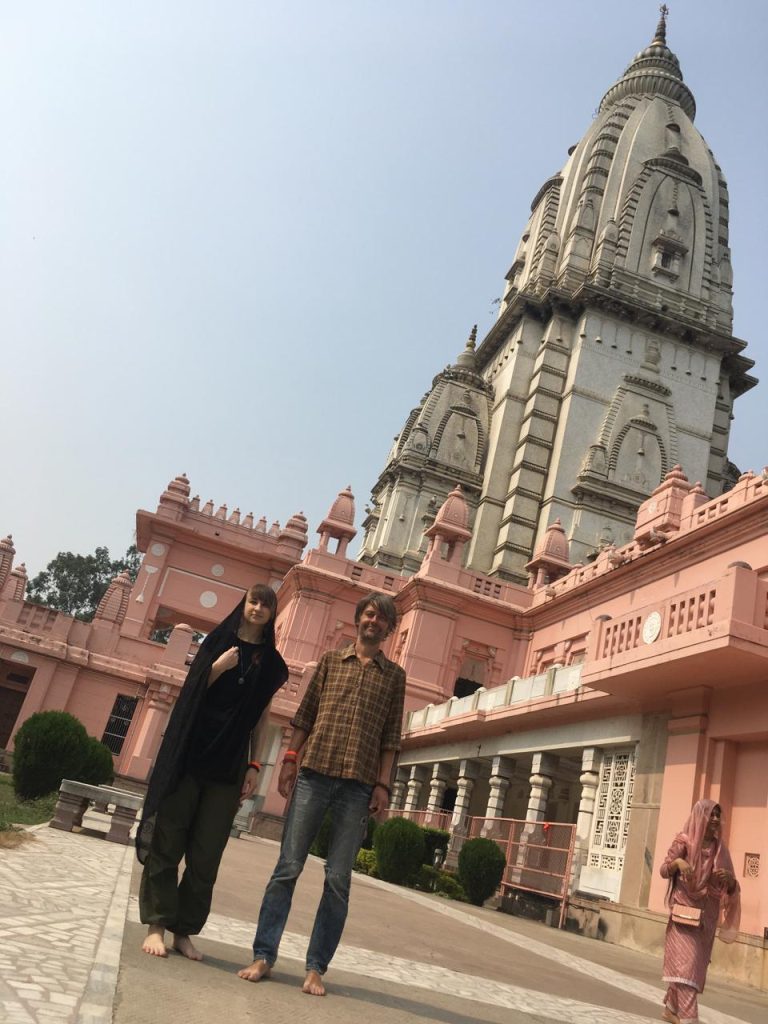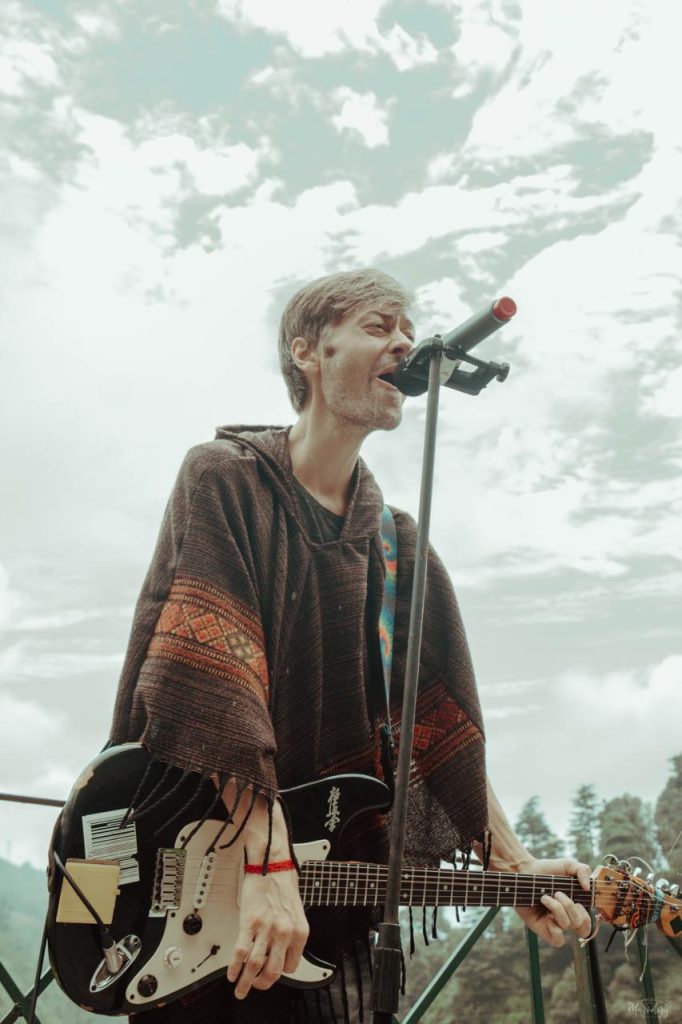(August 5, 2022) Growing up, Meghana was the kid who doodled in her notebooks while the classes would be going on. Creativity and art were what interested her the most. The only creative outlet she had at the time was the art class she had joined after school hours. Eventually, it paved the way for all that she does today. “I love storytelling, and to pair that with a creation of exaggerated characters who could bring that story to life was something I always found exciting,” smiles Meghana Reddy, visual development and 3D artist based in the US, as she connects with Global Indian. The artist’s work in two 3D animated films, which were later bought by Netflix, has had her riding high on success.
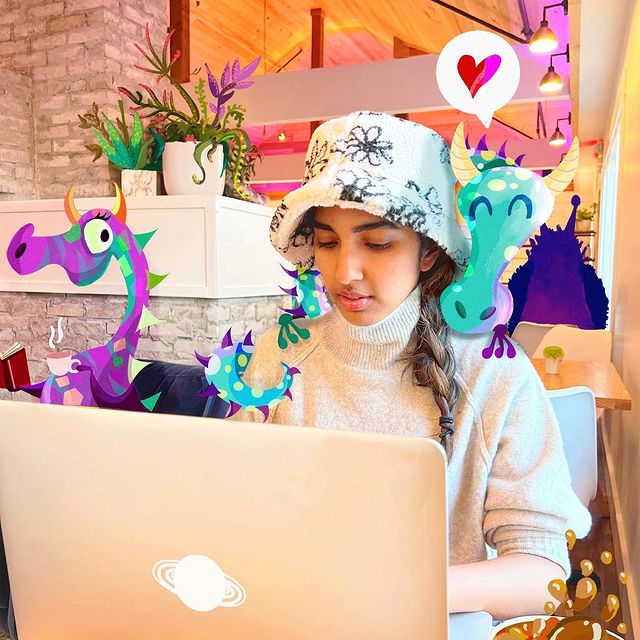
Artist Meghana Reddy
She was responsible for the 3D modelling of some environments, textures, lighting, rendering, and illustrating in the two very popular films — Elf Pets: Santa’s Reindeer Rescue and Elf Pets: Fox Cubs Christmas Tale.
“When we started production on these two films, I got to wear many different hats and learnt quite a lot. One of my biggest takeaways was the dream team I had the pleasure of working alongside. This was my first 3D film,” informs the creative bee. She was part of a 25-member team for the Elf movies, which are based on the worldwide popular characters ‘Elf on the Shelf’.

Poster of the animated Netflix film, Elf Pets: Fox Cubs Christmas Tale
Typically, when starting a 3D film, there is a 2D team that does the initial pre-production part that includes character design, background design, prop and asset design, colour tones, storyboards, and animatics. “In this case, our client had provided the whole 2D handbook for us to kickstart the 3D production process. Our team was split into groups of modeling artists, texturing artists, lighting artists, rendering artists, riggers, animators, layout, and camera artists, pre-visualisation artists, and finally the compositors,” informs Meghana, who was the sole illustrator on the team and was responsible for over 150 shots. “It is every artist’s dream to have their names credited as being a part of a successful Netflix film.”
Artistically oriented
Born in Chennai, Meghana did her first internship as a visual designer and illustrator with Leo Burnett, an advertising agency based in Chennai, in 2011. Shortly after, she briefly worked at another advertising agency, Hakuhodo Percept. “I started to get hands-on experience working with clients and creating designs from UX, UI to visual design and illustrations,” informs the 29-year-old artist, who graduated in visual communication from M.O.P Vaishnav College for Women, Chennai.
As part of the course, she specialised in animation and photography. She learnt everything, right from the history of animation, fine arts, design, packaging, printing, and filmmaking, to learning how to create stunning visuals using various design software such as Photoshop, Illustrator, and 3D Studio Max.
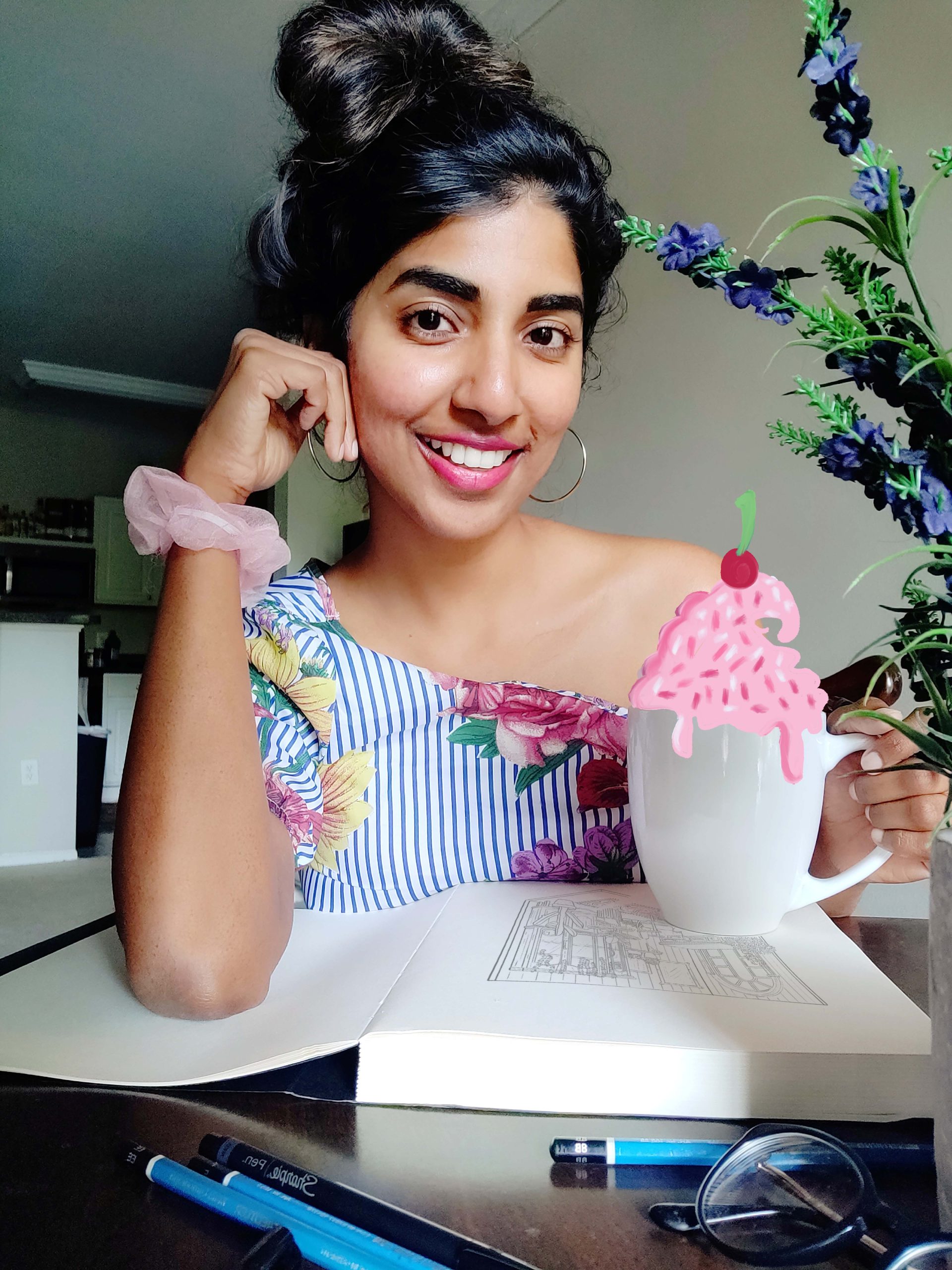
“My father too played a tiny role in contributing to my passion. He had the most insatiable curiosity for art, especially when it came to filmmaking and special effects. He would always watch a film from an artist’s perspective and would get inquisitive about the making. He was all about the ‘detail’ which fuelled my pursuit of art and design,’ recalls the artist, who along with her father Premkumar Reddy and sister Sanjana watched almost every animated film.
“I always looked at art as a hobby, but the moment I decided that I wanted to pursue my career in art and the creative industry was when I first laid my eyes on Peter Jackson’s The Lord of the Rings trilogy. For me, that was filmmaking at its best,” says Meghana, whose older brother Abhishek is a writer at an advertising agency.
When art meets tech
Meghana’s first full-time job was at a design agency called Pink Papaya in 2013. “I was their lead designer, and I was responsible for handling all their creatives, collateral, and campaigns.” She later joined Rubecon Communications as the Lead Illustrator and Visual Designer, where she got to work with some of the biggest brands in India including Go Color’s, Taj, SPI Cinemas, Landmark among others.
“It took me a while to figure out these applications. But once I tapped into this world of digital art and design, it turned into an endless creative journey. Suddenly, I had access to an infinite blank canvas in my head which I could color with my imagination and bring new worlds to life,” says the Atlanta-based artist.

A still from the animated movie, Elf Pets: Santa’s Reindeer Rescue
Come 2016, she enrolled in the Savannah College of Art and Design to do her master’s in Animation. SCAD, as they call it, is one of the top design schools in the United States. After graduating from SCAD two years later, Meghana started working with the award-winning animation studio Primal Screen in Atlanta, Georgia. She started as a 2D artist, where she worked on character and background illustrations for many kids’ television programs that were aired on popular American channels such as PBS Kids and Nickelodeon (Nick is a German free-to-air television channel, part of the international Nickelodeon brand).
“I worked on the seasonal intro animations that would usually appear with the Nickelodeon logo before the start of every show. I was also the illustrator on a project based on the famous Sesame Street,” says the artist, who was involved in a ton of interesting projects from kids’ television programs, game applications, animated TV commercials, and illustrations for educational purposes. ,” says Meghana. She worked at Primal Screen for close to two years.
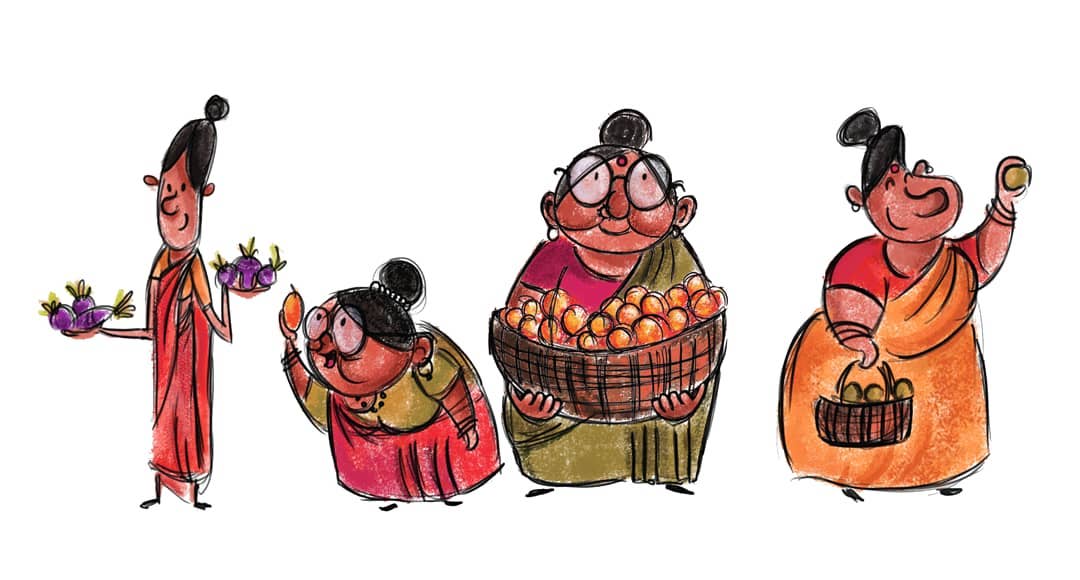
An illustration by Meghana
“What I loved the most about working for the company was that my directors would always tend to give me the entire control. So, I got to sketch out and create illustrations and concept designs in my style as well as explore many other different styles, depending on the type of project,” she explains.
Finding the right balance
During her experience as an artist, she realised that every artist has a unique sense of style. “When I found mine, I wanted to challenge myself more to sort of adapt to any style that was given to me. I strive to create work that is unconventional, unique, and fresh.”
So what kind of odds did Meghana face during her journey? “When you have a big idea or a goal that you want to work towards, it is going to be a bumpy ride. In my case, the big challenge came in the form of work-life balance,” shares the artist, who used to dedicate all her time to work and very little to herself.

“I spent a lot of time working late into the night to produce the most pixel-perfect, aesthetically appealing graphics and concept illustrations, barely giving myself any time to unwind,” informs Meghana. It is only in the last couple of months that she can balance her work life and personal life. “It has helped me make better choices and completely transformed the way I function in the workplace. I have found myself to be way more productive.”
Meghana is currently working as a Lead Concept Artist at a company called Amplify Education, where she collaborates with authors and creates and art directs illustrations for children’s books. “We create these books for schools across North and South America. “Being in this field for over five years has always made me challenge myself to learn new things and branch out,” says the artist, who feels there is a huge buzz and increase in technology that is ascending with an infinite number of possibilities.

Another animated work by Meghana, called Bless the Harts
The artist aims to navigate her career by combining my skills as a 2D/3D Artist with User Interface and User Experience Design and taking up meaningful projects that positively impact the day-to-day lives of people.
Meghana feels India is rapidly increasing in the animation and creative industries. “There are many startups and businesses that are pushing their limits to produce stunning and innovative projects. The animation business in India is expanding quickly and with a spike in the volume of animated shows and films created there, it has drawn viewers from around the world,” she adds.
- Follow Meghana Reddy on LinkedIn, Foundation and her website


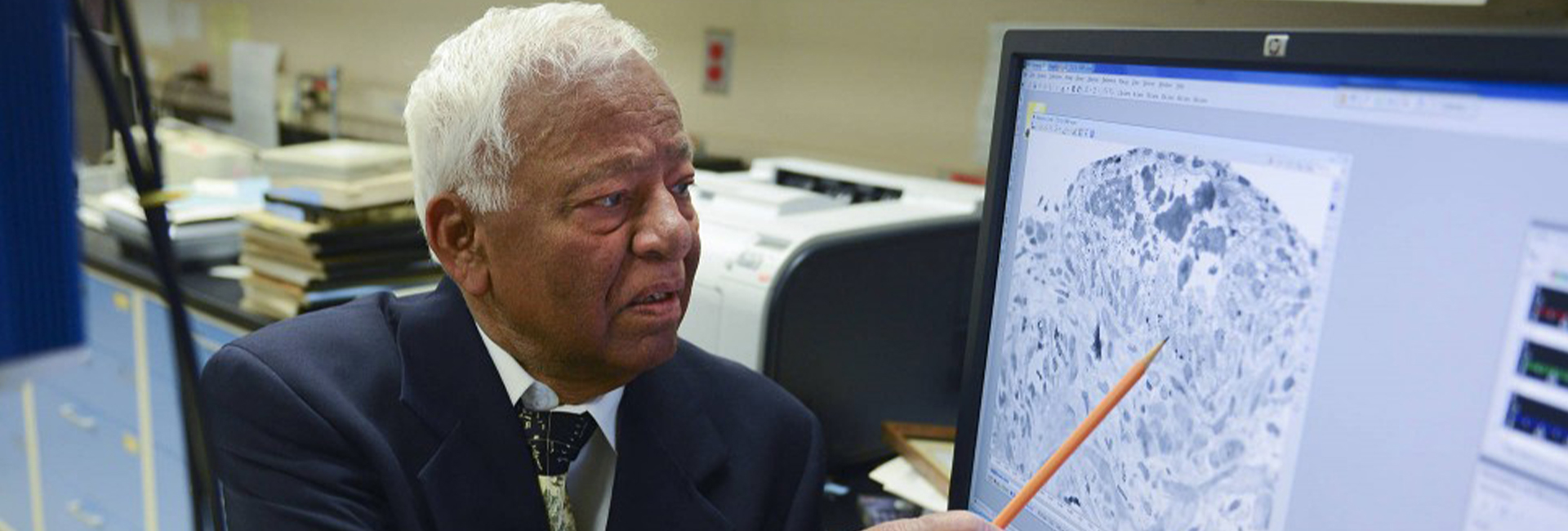
 Image extracted from Google Maps[/caption]
Image extracted from Google Maps[/caption]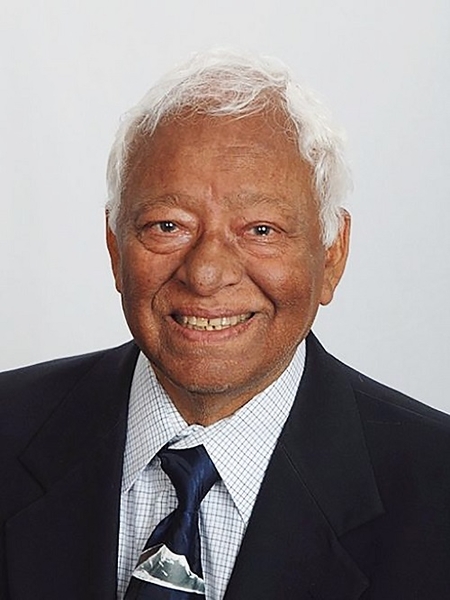 Professor Akhouri Achyutanand Sinha[/caption]
Professor Akhouri Achyutanand Sinha[/caption]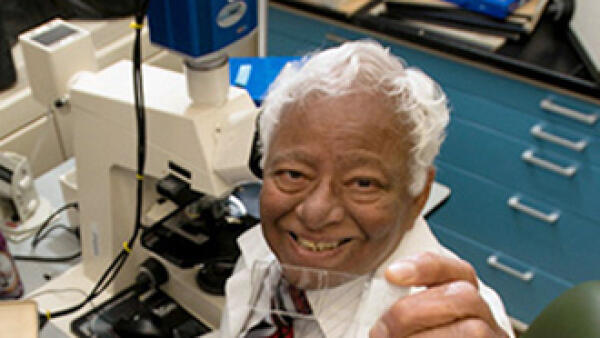 Professor Akhouri Achyutanand Sinha[/caption]
Professor Akhouri Achyutanand Sinha[/caption]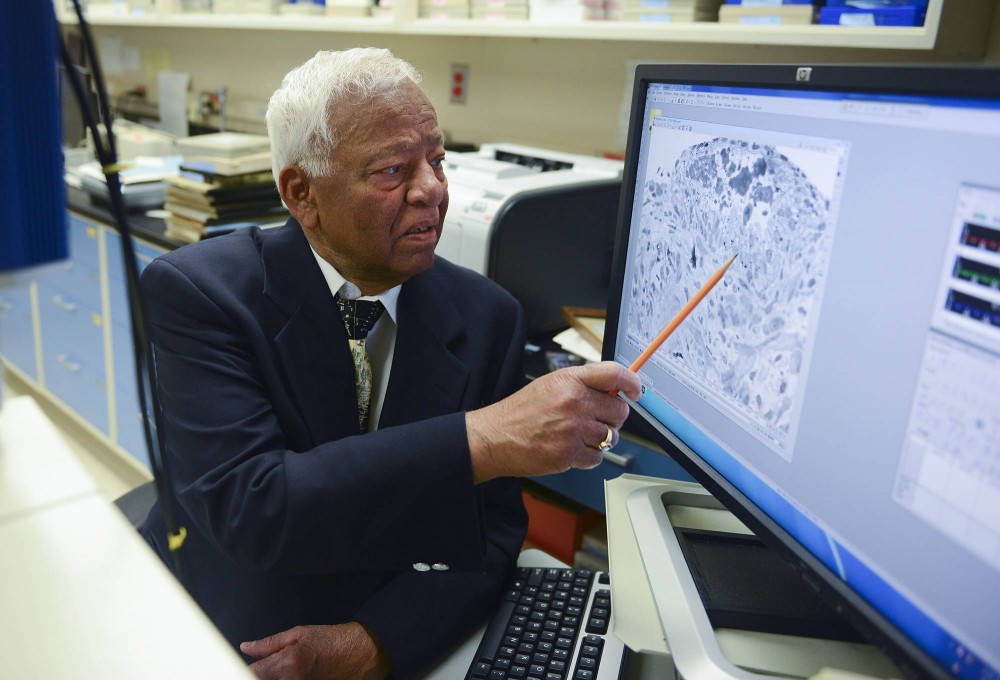 Professor Akhouri Achyutanand Sinha[/caption]
Professor Akhouri Achyutanand Sinha[/caption]
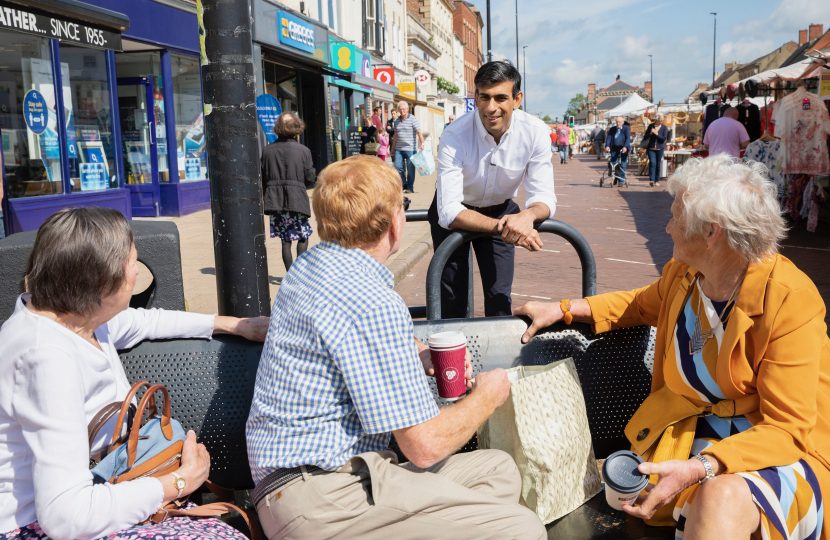 Rishi Sunak. Photo credit: Rishi's
Rishi Sunak. Photo credit: Rishi's 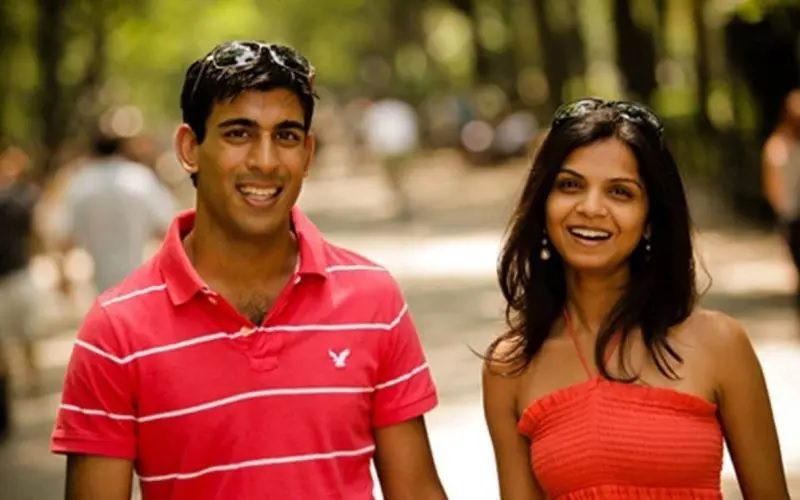 Rishi Sunak with his wife, Akshata Murty[/caption]
Rishi Sunak with his wife, Akshata Murty[/caption]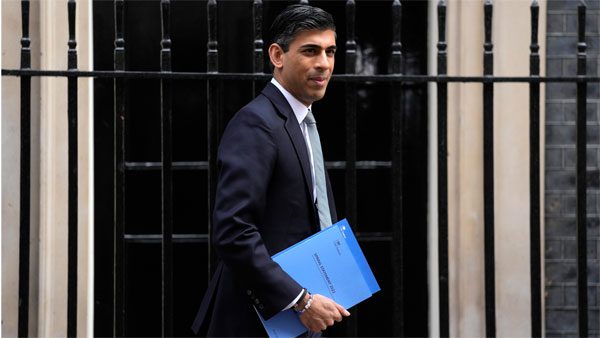
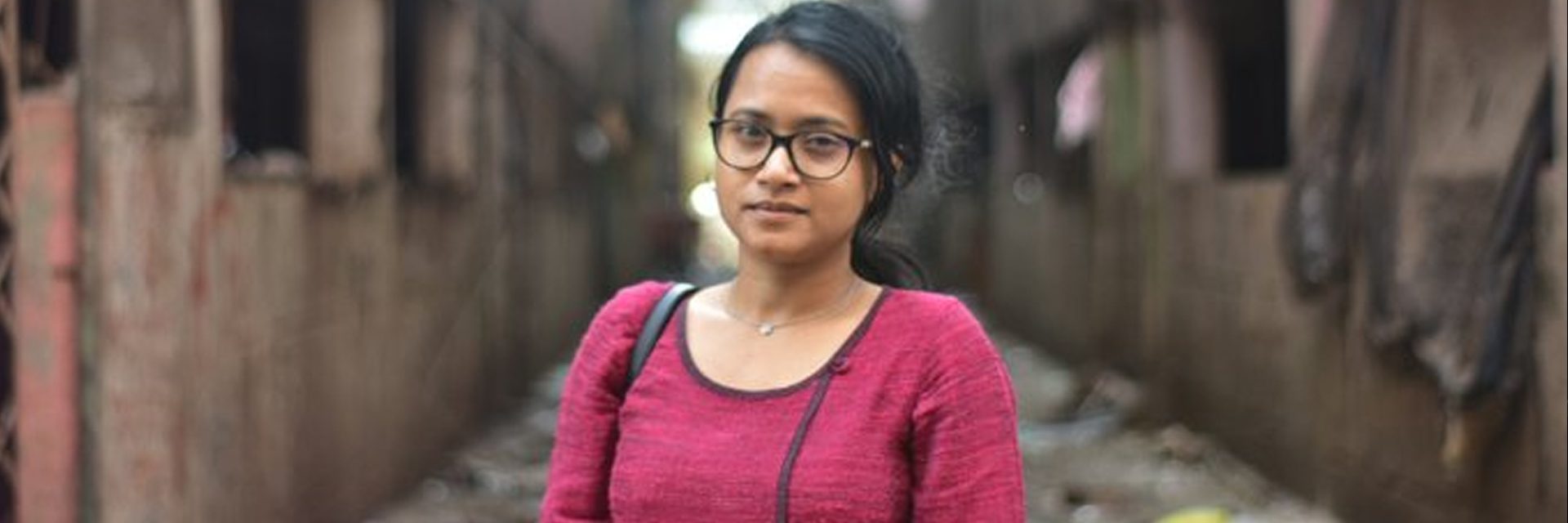
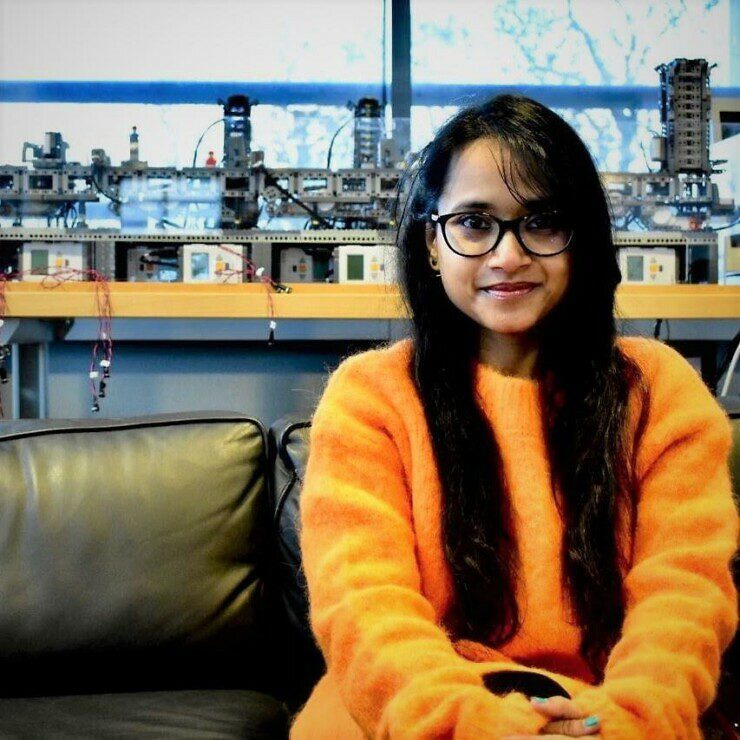

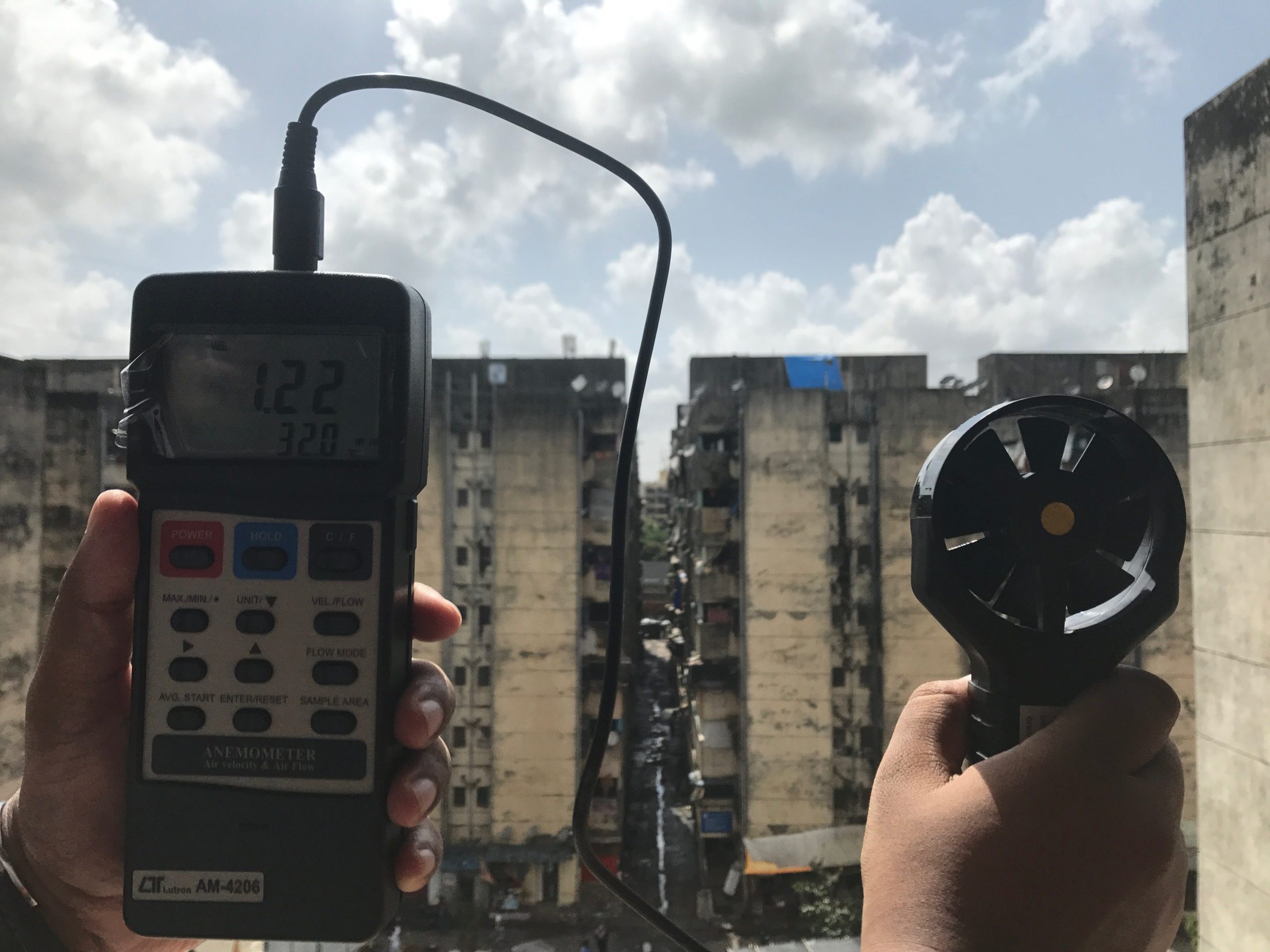 Data is gathered through a series of unstructured interviews and monitoring built environment through a range of sensors.[/caption]
Data is gathered through a series of unstructured interviews and monitoring built environment through a range of sensors.[/caption]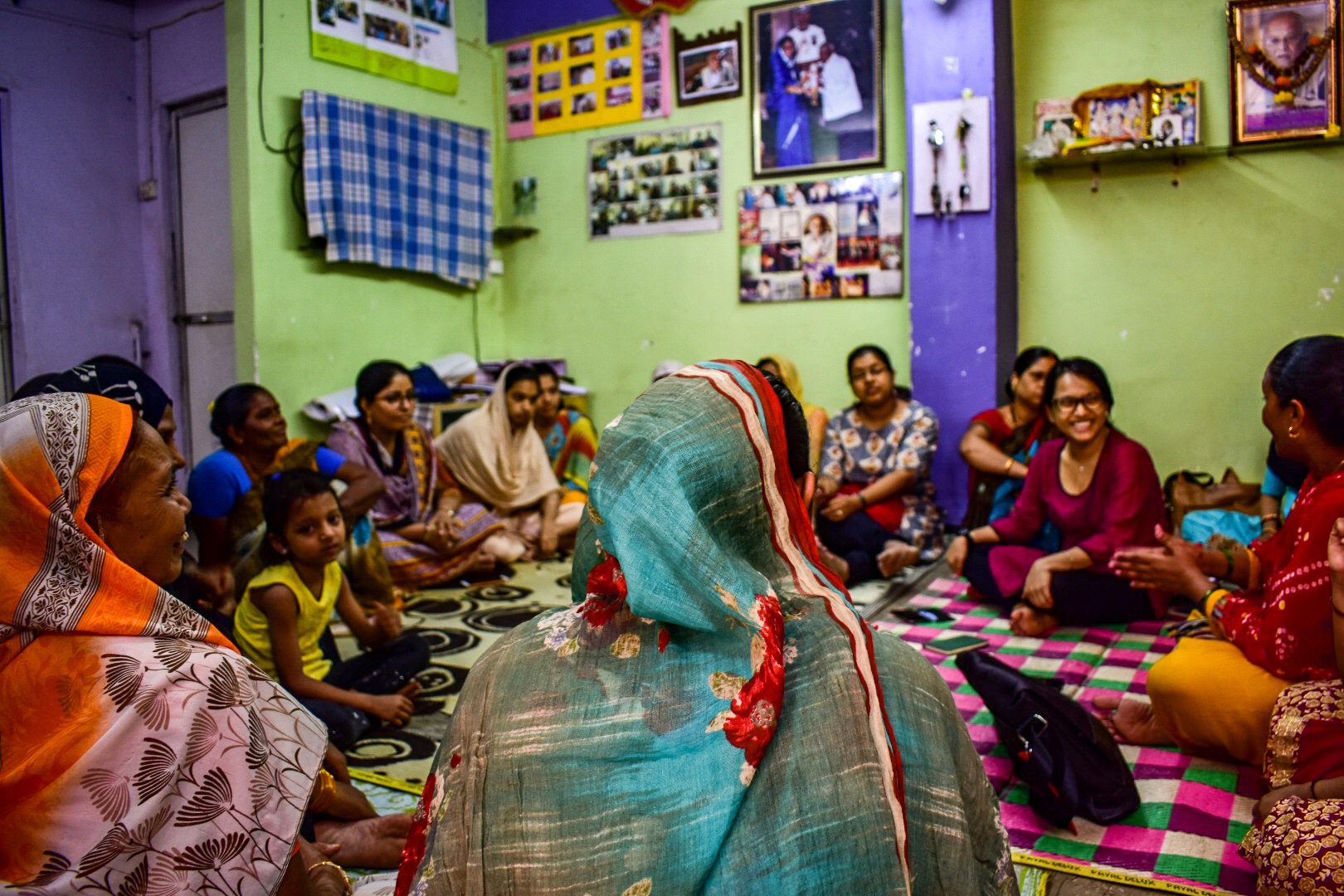 Ronita with women residents of Mumbai's SRA housing[/caption]
Ronita with women residents of Mumbai's SRA housing[/caption]
